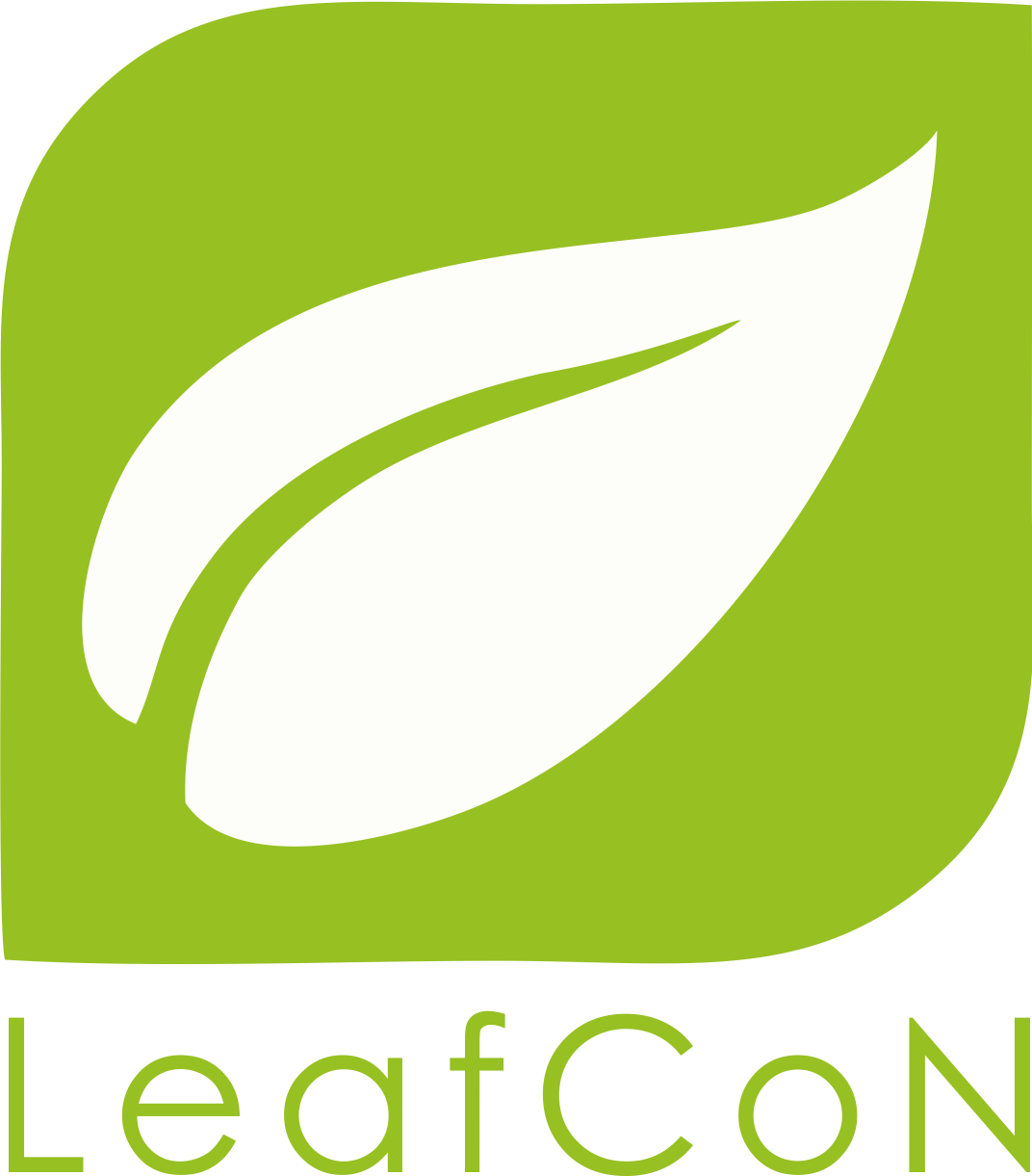· Qualitative Method: (Detection And Determination Of Aspartame By Thin Layer Chromatography). |
|
Principle: · Aspartame Is Extracted From Dry Beverage Powders Using Methanol: Acetic Acid (80: 20) And Isolated By TLC. Detection And Estimation Is Made By Comparison With The Standard. |
|
Reagents: · Methanol : Acetic Acid (80 : 20) · Aspartame Stock Solution: Dissolve 50 Mg Of Standard Aspartame In About 80 Ml Of Solution (I) And Make Upto 100 Ml In A Volumetric Flask. · Working Standard Solution: Dilute To The Mark 1 Ml Of Stock Solution In A 10 Ml Volumetric Flask With Solution (I) Repeat 1 Ml Increments With 8 Other Flasks Until 9 Standards Containing From 1 To 9 Ml Of Solution (Ii) Are The Standards So Obtained Will Contain 0.05 To 0.45 µg Of Aspartame/µl. · Starch Solution: Dissolve 600 Mg Of Soluble Starch In 120 Ml Of Water, Boil For 10 Min And Filter Through Medium Filter Paper (Whatman 2 Or Equivalent). · Potassium Iodide/Starch Solution: Dissolve 500 Mg Of Potassium Iodide In 100 Ml Of Starch Solution · Developing Solvent: Methanol: Glacial Acetic Acid: Water: Chloroform (60: 4: 12: 128). · TERT-Butyl Hypochlorite Chamber: Add 5 Ml Of Tert-Butyl Hypochlorite To A Small Glass Vessel Which Can Be Capped And Which Contains A Glass Wool Wick Reaching Its Top. This Vessel Is Then Uncapped In The Tert- Butyl Hypochlorite Chamber – 15 Min. Before Use. · Silica Gel G |
|
Preparation Of Sample: · Dry Powders: Extract Aspartame From Dry Powders By Shaking For 20 Minutes With 100 Ml Of Solution (I). The Quantity Of The Sample To Be Taken Depends On Its Theoretical Aspartame Content. Assuming 100% Extraction, 5 Gm Of A Product Containing 0.4% Aspartame, Extracted Into 100 Ml Would Produce 2 µg/µl Of Since 2 µl Are To Be Spotted, The Resulting Chromatogram Should Match The 4 µg Standard Spot Which Is Achieved By Spotting 2 µl Of 2 µg/ µl Standard. · Liquids: Treat Liquids As In (A) Except The Extract Is Made Up To 100 Ml With Solution (I). |
|
Procedure: · Spot 2 µl Of The Sample Solution And Standard Using A Micro-Pipette And Use A Cool Air Stream For Drying. Place The Plate In The Development Chamber And Allow The Solvent To Ascend About 15 Cm. Remove The Plate From The Chamber And Allow It To Air-Dry For 15 Minutes. Place The Plate In The Tert- Butyl Hypochlorite Chamber For 15 Min And Allow It To Air Dry In Fume Hood For 30 Min. Spray The Plate With The KI-Starch Solution And Estimate The Aspartame Content Of The Sample By Comparison With The Standard Spots. |
Quantitative Method: |
|
U.V. Spectrophotometric Method: · Principle: Aspartame Is Extracted From Tablets With Aqueous Methanol And The Absorbance Of The Filtered Solution Is Measured At 258 Nm. |
|
Reagents: · Solvent Mixture: Mix 350 Ml Of Water With 150 Ml Of Methanol And Allow To Equilibrate At Room · Standard Aspartame Solution: Transfer 72 Mg Of Aspartame (Previously Dried At 105ºc For 2 Hours) Into A 100 Ml Volumetric Flask, Add 50 Ml Of Solvent Mixture And Shake Till It Dissolved And Make Upto The Volume With Solvent MIXTURE. |
|
Preparation Of Sample: · Transfer Accurately Weighed Powdered Tablet Material Equivalent To The Average Weight Of 4 Tablets Into A Volumetric Flask. Add 50 Ml Of Solvent Mixture And Shake For 30 Min. On A Flask Shaker And Make Upto Volume With Solvent Mixture. Filter Through Whatman No. 1 Tilter Paper Discarding The First 20 Ml Filtrate And Collect The Filtrate In A Stoppered Flask. |
|
Procedure: · Measure The Absorbance Of The Standard Solution And Test Solution At 258 Nm Against The Solvent Mixture. Calculate The Aspartame Content Of The Tablet From The Absorbance Of Sample And Standard. |
Quantitative Analysis: |
|
HPLC-UV Method: · The HPLC-UV Method Can Be Used For Quantitative Analysis Of Aspartame Only After Derivatization With O-Phthallaldehyde Using Reverse Phase Separation. · Indirect UV Detection Is Possible For Cyclamate Using HPLC Or Capillary Electrophoresis. · Detection Limits Are 5–10 Mg Kg–1 For Capillary Electrophoresis And 28 Mg L–1 For HPLC · A Reversed Phase HPLC-UV Method For Simultaneous Detection Of Aspartame, Saccharine And Cyclamate In Soft Drinks Without Using Derivatization. · Purified Water HPLC Grade; Phosphoric Acid, Disodium Phosphate, Sodium Hydroxide |
|
HPLC Method: · The Mobile Phase Composition, Gradient And Debit Are Shown: · Because Saccharine And Cyclamate Get Eluted Very Close To Each Other, It Is Necessary To Acidulated The Ph Of The Solution In Order To Ensure A Better Retention On The Column And A Better Separation. The Best Value Will Be Found At Ph 2.5 Ensuring A Good Separation At The Baseline Of The Constituents. · Sample Volume – 100 Μl, And Total Analysis Time 24 Min. “Best Chromatogram” At 196 Nm. · Sample Preparation: Dilute The Soft Drinks In 1:5 Ratio, Filter On A Nylon Syringe Filter (0.45 Μm) Followed By Injection Of 100 Μl. |
